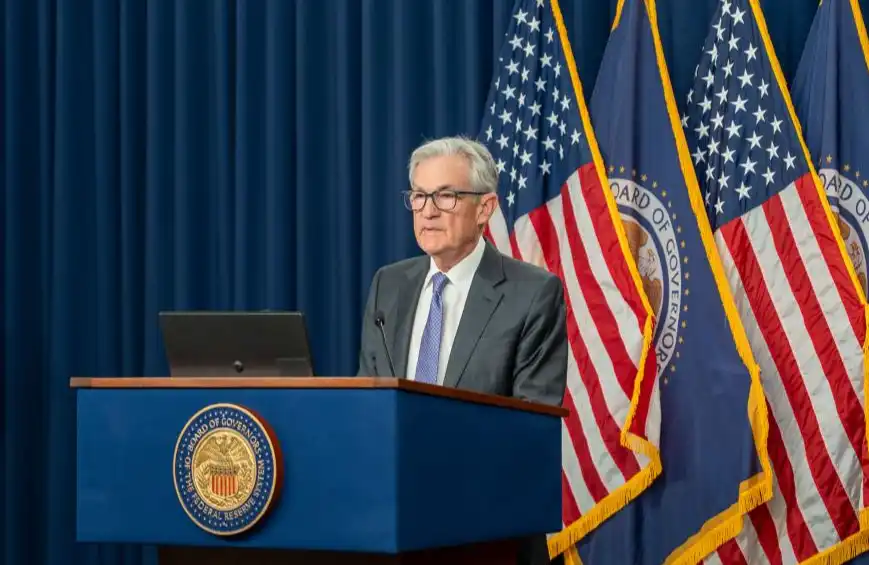China's Stablecoin Push: A New Era in Borderless Finance
- China accelerates stablecoin adoption for cross-border payments, with PayPal using PYUSD to reduce costs and bypass traditional banking delays. - Experts highlight stablecoins' efficiency in corporate treasury management, enabling real-time settlements and yield generation from reserve assets. - SWIFT explores digital currency integration while emerging markets leverage stablecoins for remittances and payroll in unstable currency environments. - Global $179 trillion cross-border market sees growing deman
China's exploration of stablecoins for cross-border payments is gaining momentum as global financial institutions and payment providers seek faster, cheaper, and more efficient alternatives to traditional systems. Companies such as PayPal are already leveraging stablecoins to streamline international transactions. PayPal Holdings recently began using its PYUSD stablecoin to settle cross-border payments through its Xoom service, bypassing traditional banking hours and reducing costs. This shift underscores a broader trend in which businesses are recognizing the advantages of stablecoins in facilitating cheaper remittances, lower transaction fees, and reduced friction in global money movement [1].
Experts in financial services are also turning their attention to the potential of stablecoins in corporate treasury management. Mark Nichols, a principal at Ernst & Young, noted that stablecoins can offer a more efficient way to handle corporate finances, including real-time settlements and yield benefits from reserve assets such as U.S. Treasury bills. According to McKinsey & Co., legacy payment networks like SWIFT and MoneyGram often take up to five business days to process a transaction due to the involvement of multiple intermediaries, time zone differences, and batch processing. This has led to an increasing demand for real-time, low-cost, and inclusive cross-border solutions [1].
The cross-border payments market itself is massive, with global transactions reaching approximately $179 trillion in the past year. Stablecoins have emerged as a viable alternative in this context due to their 24/7 availability, real-time settlement capabilities, and low costs. Bam Azizi, CEO of Mesh Connect, emphasized that the "killer app" for stablecoins lies in payments, particularly in cross-border, B2B, and payout scenarios. For multinational companies with operations in multiple countries, the adoption of stablecoins is not just a strategic advantage but a necessity to avoid financial inefficiencies [1].
SWIFT, a dominant player in global payments , has also begun exploring the integration of digital currencies into its infrastructure. Recent trials have shown that stablecoins can operate alongside traditional fiat currencies within the same network, enabling seamless transactions across public and private blockchains. While SWIFT has not taken a stance on the settlement model, it emphasized its role as a facilitator of diverse payment solutions. The cooperative highlighted its ability to interlink disparate networks, allowing participants to transact using both digital assets and traditional value systems without overhauling existing infrastructure [1].
In emerging markets, stablecoins are particularly appealing for remittance services and corporate payroll. In regions where local currencies may lack stability or desirability, companies are increasingly using stablecoins to issue wages directly into digital wallets. For example, in countries like Argentina, where workers may prefer U.S. dollars but cannot access them through traditional channels, stablecoins offer a workaround. This trend is expected to grow as more businesses adopt digital currencies to meet the needs of remote and international employees. As stablecoin technology matures, its role in reshaping global financial infrastructure is likely to expand significantly.

Disclaimer: The content of this article solely reflects the author's opinion and does not represent the platform in any capacity. This article is not intended to serve as a reference for making investment decisions.
You may also like
The Federal Reserve cuts rates again but divisions deepen, next year's path may become more conservative
Although this rate cut was as expected, there was an unusual split within the Federal Reserve, and it hinted at a possible prolonged pause in the future. At the same time, the Fed is stabilizing year-end liquidity by purchasing short-term bonds.

Betting on LUNA: $1.8 billion is being wagered on Do Kwon's prison sentence
The surge in LUNA’s price and huge trading volume are not a result of fundamental recovery, but rather the market betting with real money on how long Do Kwon will be sentenced on the eve of his sentencing.

What is the overseas crypto community talking about today?
What have foreigners been most concerned about in the past 24 hours?

Behind the 15 million financing, does Surf aim to become an AI analyst in the crypto field?
Cyber co-founder starts a new venture.
